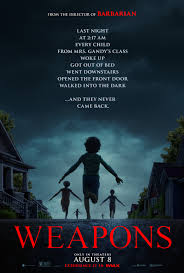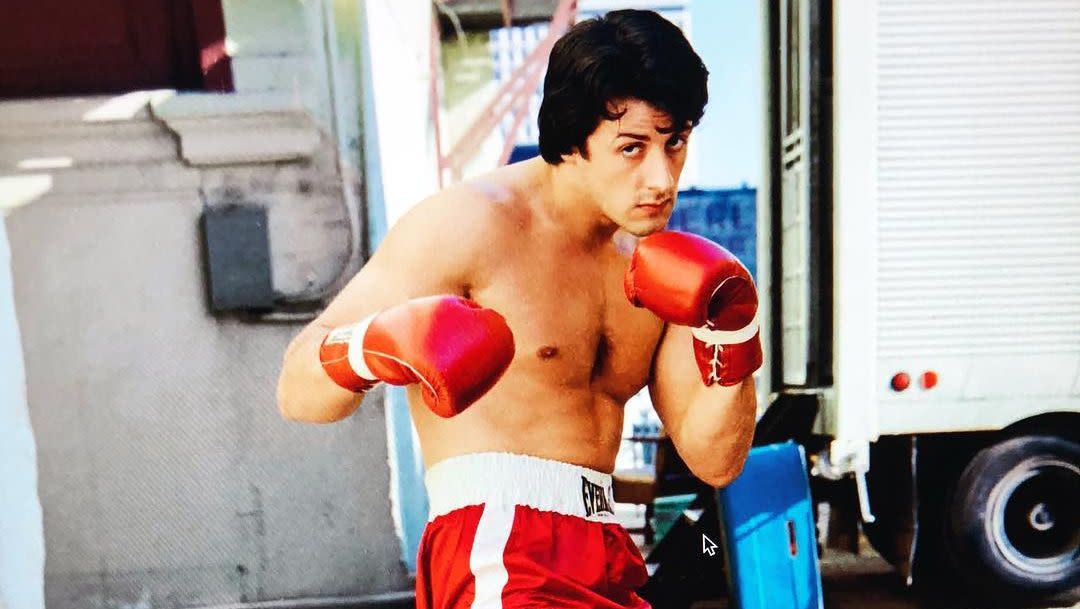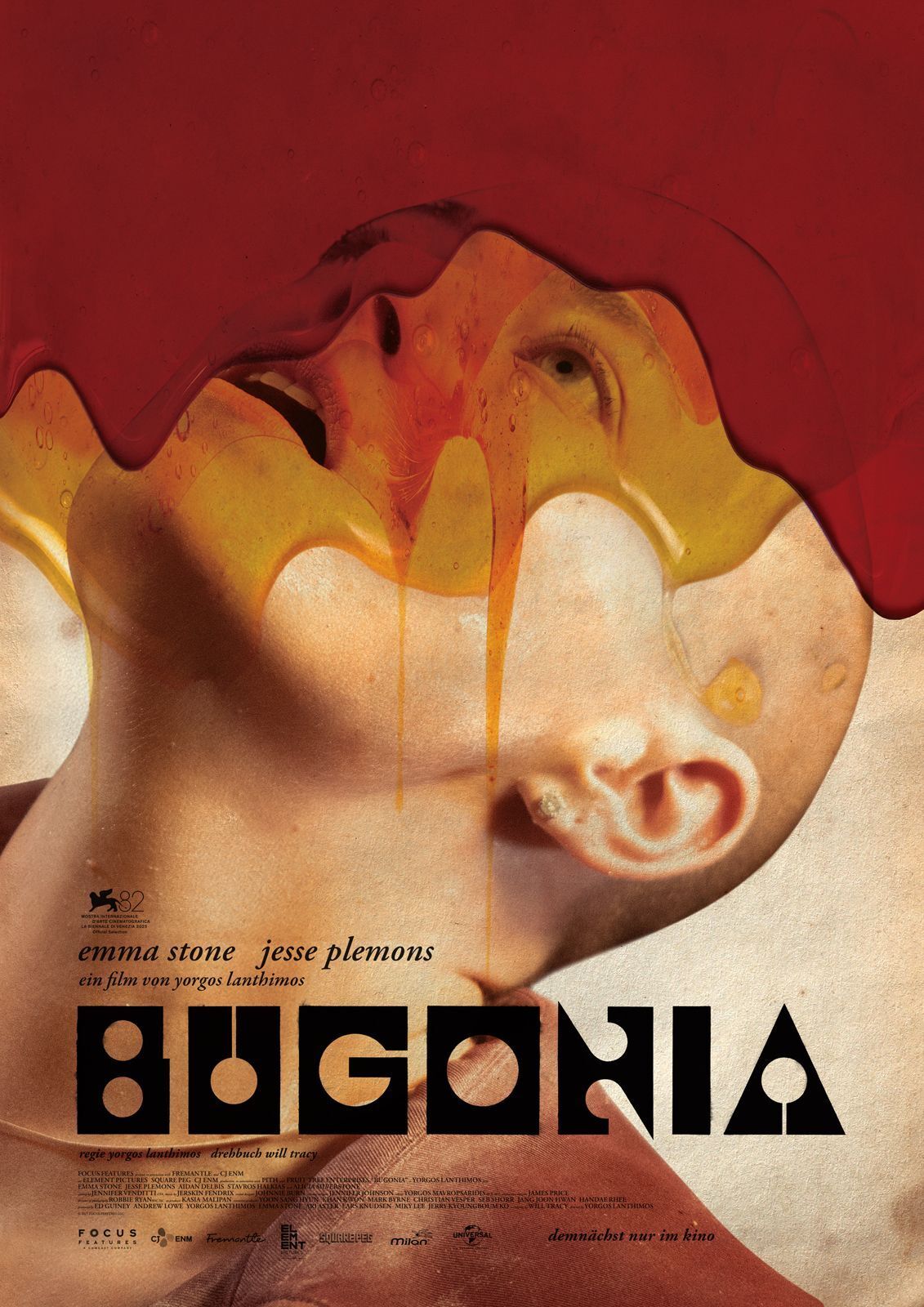
Introduction
The horror movie genre has captivated audiences for decades, often utilising fear to explore deeper psychological themes. Central to many of these films is the use of weapons, which not only serve as instruments of horror but also embody the fears of society. As filmmakers continue to innovate in storytelling and visual effects, the symbolism and use of weapons in horror have evolved, reflecting changing societal concerns.
The Psychological Impact of Weapons in Horror
Weapons in horror movies often transcend their practical use; they become symbols of power, helplessness, or chaos. For instance, in the iconic film Halloween, Michael Myers’s knife represents not just a tool for murder but also an embodiment of evil that stalks the innocent. Studies show that the presence of weapons can amplify tension and fear among viewers, as they evoke a visceral reaction related to both physical violence and psychological trauma.
Trends in Weaponry Portrayed in Recent Films
Recent horror films have introduced a variety of weapons that resonate with modern audiences. In The Purge series, the depiction of everyday items—like gardening tools or kitchen knives—as lethal weapons reflects contemporary anxieties about societal breakdown and personal safety. Meanwhile, films like A Quiet Place utilise silence and unconventional weaponry (such as sound as a lure) to heighten suspense, demonstrating innovation in how horror conveys fear.
Violence and Its Reception among Audiences
The portrayal of weapons in horror has sparked debate over their influence on real-world violence. Critics argue that the graphic nature of these films can desensitize viewers to violence, whereas supporters claim they offer a safe outlet for exploring fear and moral dilemmas. According to research published in the Journal of Media Psychology, horror movies that handle weaponry with care can lead to discussions about violence rather than mere glorification, creating an opportunity for critical conversation.
Conclusion
As horror movies continue to evolve, the portrayal and significance of weapons will remain a critical aspect of the genre. They force audiences to confront their own fears and societal issues while serving as powerful storytelling devices. Looking ahead, it is expected that filmmakers will continue to explore innovative uses of weaponry that reflect both personal and cultural fears. For audiences, this signifies a continuous journey through the labyrinth of terror, one where weapons will likely remain a haunting reminder of humanity’s darker impulses.
You may also like

The Enduring Legacy of Sylvester Stallone

Unveiling the Secrets of ‘His House’
